'Dating Game' serial killer connected to victims decades after their deaths
The murders of eight women have been connected to him, according to authorities.
Rodney Alcala was at the height of his murderous spree in the 1970s when he put himself in the spotlight of primetime television -- winning a date with a woman on the hit TV show “The Dating Game.” It was decades before authorities discovered he was a prolific serial killer.
Alcala has been connected to the murders of at least eight women, according to authorities. He pleaded guilty to murdering two women in New York City and was convicted of murdering a 12-year-old in Orange County, California. In 2003, DNA from four missing women in Los Angeles, California, were connected to Alcala. He was charged with their murder and stood trial in 2010. He was found guilty and sentenced to death. In 2016, He was also charged in a murder in Wyoming, but authorities decided not to extradite him for trial due to his failing health.
Watch the full story on "20/20" THIS FRIDAY at 9 p.m. ET
Police found a trove of Alcala’s photos and do not know how many, if any, other victims are pictured in the collection. They released hundreds to the public in hopes of identifying them.
Alcala often posed as a friendly photographer, luring women and girls by approaching them on the street and offering to take their picture, before taking them to a secluded place and attacking them. He had been known to be violent and dangerous as early as when he was a young private in the Army.
Alcala prowled from coast to coast for victims, one of which was as young as 8 years old, and used different names. After going AWOL in the Army, he was caught and admitted to assaulting a woman in New York, then was demoted in rank and discharged honorably without facing assault charges. He was caught again by the FBI and charged with the rape and attempted murder of a child, but took a plea deal that only required him to plead guilty to child molestation, and served three years in prison. After, he was released on parole and was given permission to travel to New York, where he assumed a new identity. After the murder of a New York woman, he was questioned by the FBI but was released because there was no evidence.
He continued his killing spree until 1979, when a trove of jewelry that belonged to some of his victims was discovered, and authorities have connected him to an unsolved murder as recently as 2016.
He was convicted and sentenced to death three times for a 1979 murder, after twice having the verdict overturned in appeals. Now 77 years old and confined to a cell in a California prison, he refuses to disclose whether there are other victims.
With Alcala’s long history as a photographer, in 2010 police made public hundreds of Alcala’s photographs found in a storage locker. Police said it was unclear if the people in the photos are victims but hope the public might be able to help identify the individuals in the pictures.
Woman attacked, New York City: 1963
While assigned to Fort Campbell on the Kentucky–Tennessee border, Pfc. Rodney Alcala went AWOL multiple times.
In June 1963 he took a routine weekend pass to Nashville, Tennessee. According to an Army report, after stealing a car and robbing another driver of their credit card, he fled to New York City.
“One night after leaving a bar [in New York], he saw a young lady walking down the street,” the report said. “He followed her a short distance and struck her with a coke bottle.”
She was able to get away.
Alcala traveled to Myrtle Beach, South Carolina, where he was arrested and charged by military justice authorities with being absent without leave. While being transported with a military escort back to Fort Campbell, he was able to escape as they changed trains in Atlanta, Georgia, and escaped to his family’s home in California.
Alcala’s mother and sisters advised him to turn himself in. While staying at home, he said he exposed himself to his youngest sister, “who became hysterical,” the report said. “Private Alcala stated he did not know if he wanted to have sexual relations with her.”
Experts with the Army Hospital in Fort Ord, California, determined Alcala knew right from wrong, but “that [he] is totally unsuitable for further military duty,” the report said.
He pleaded guilty to the charges and paid a fine. His rank was reduced but he was discharged honorably without a blemish on his record.
Alcala enrolled at University of California, Los Angeles’ College of Fine Arts. At the time, Tali Shapiro was 8 years old and living less than a mile away at the iconic West Hollywood hotel, Chateau Marmont.
Tali Shapiro, Los Angeles: 1968
Shapiro was on her way to school in Los Angeles on a sunny September day in 1968, when a car pulled up beside her. A stranger leaned out and asked if she needed a ride to school.
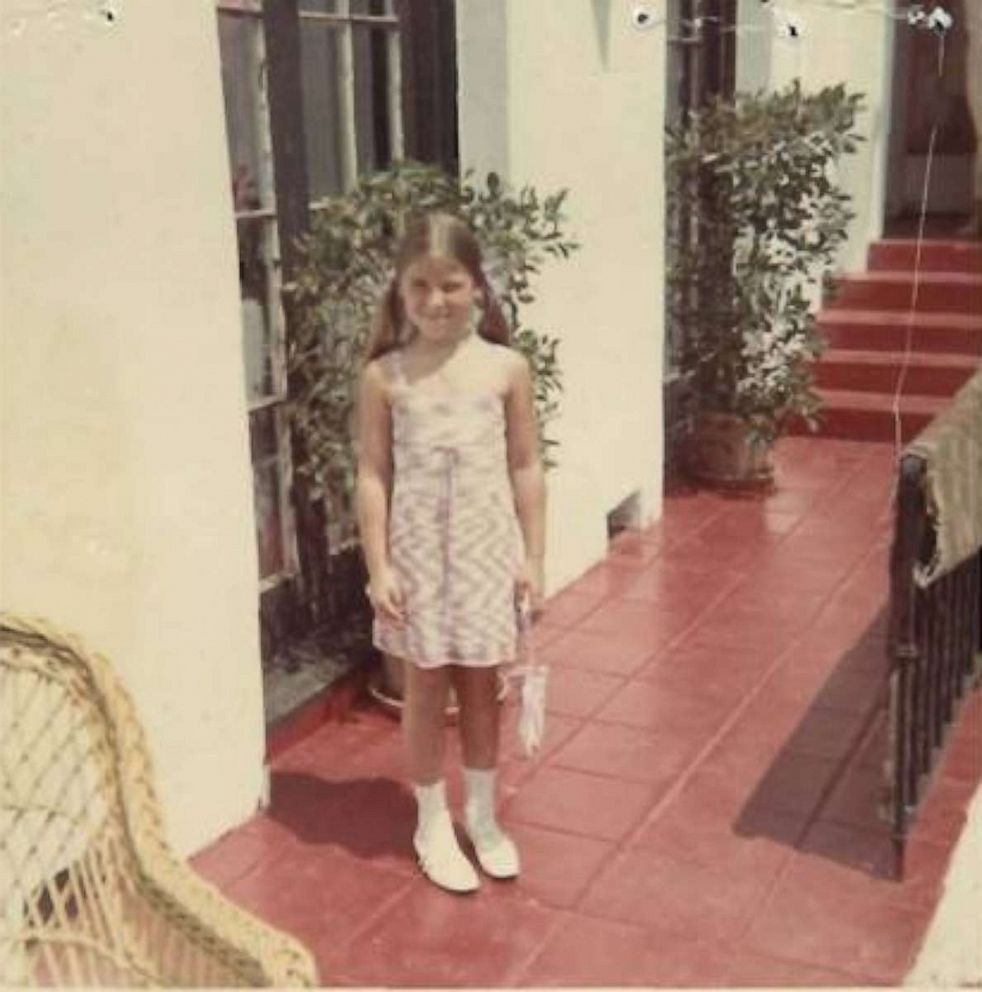
At first, she rebuffed him, said Shapiro, who is now 60 years old. Then he told her he knew her parents -- though she was still hesitant, she got in the car.
A good Samaritan was looking on and thought it was suspicious. He followed the car to the stranger’s apartment and called the police.
“I don't remember going up to the apartment.," Shapiro said. "And I don't remember anything after that.”
Former Los Angeles police officer Chris Camacho was driving toward West Hollywood when he learned what had happened and followed the good Samaritan to the kidnapper’s apartment.
“I went and called in a request for a backup unit,” Camacho told “20/20.” “I went to the front door and started knocking. I could hear someone running around.”
The man answered the door and claimed he had just been in the shower.
“I see this male person on the other side, no clothes, not dripping with water, no towel. I said, ‘OK, you need to open the door right now. I need to come in,’” Camacho said. “He said, ‘Wait, let me put my pants on.’ I said, ‘Okay, you got three seconds.’”
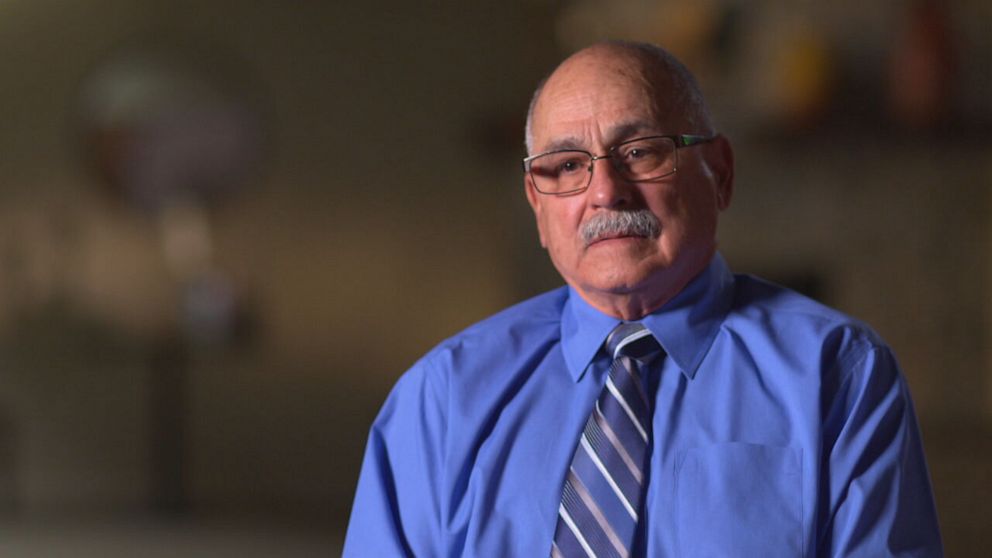
The door was shut again, but after waiting a few moments, Camacho bashed in the door.
“To the right was a dining room. To the left was a living room. Straight ahead was a kitchen. Here was this little girl,” he said.
Shapiro was nude, covered in blood and there was a metal bar pressed against her neck. Her Mary Jane shoes strewn about the floor.
“I looked at her. I thought she was dead. She wasn't breathing,” Camacho said. “The other officers came around. We were looking for the suspect. I went back to check on Tali, and I just couldn't leave her there like that.”
He was faced with a decision -- chase the suspect out the back and catch him, or render lifesaving aid to the girl. He chose to stay with Shapiro.
“As I went back in the kitchen, she started gagging, so that put everything into high gear,” Camacho said. “We later found out [the suspect] escaped through the back door.”
Miraculously, Shapiro survived the brutal attack. She was in a coma for 32 days and was able to get back on her feet after months in the hospital.
At the apartment where she was found, police discovered a UCLA student ID card with Alcala’s name. They also found hundreds of sexually explicit photos of young women and boys.
Shapiro’s family moved to Puerto Vallarta, Mexico and stayed there for many years.
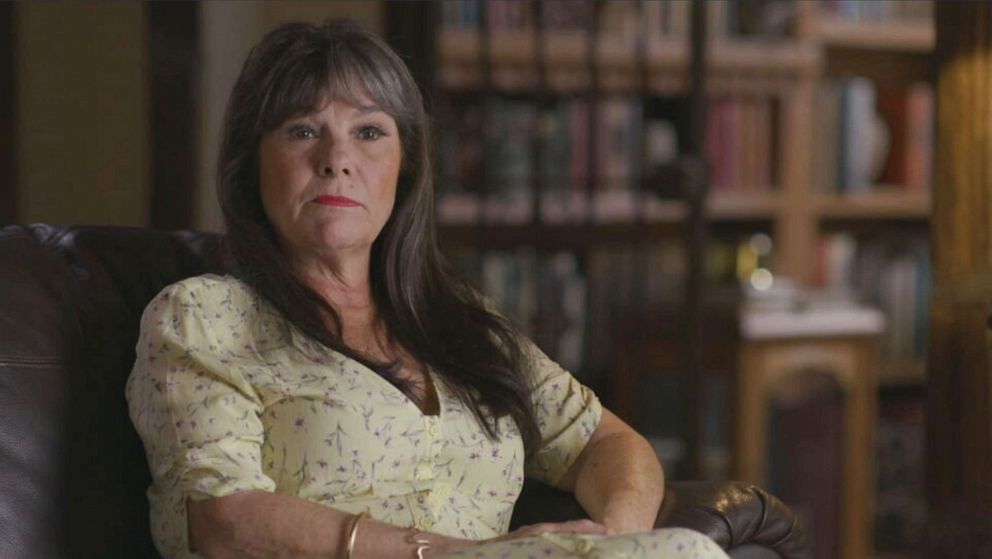
Meanwhile, Alcala was on the run. That same year, he went across the country and enrolled in New York University’s School of Arts under the assumed name of “John Berger.”
Cornelia Crilley, New York City: 1971
Crilley grew up in Queens, New York. At 23, she achieved her dream of becoming a TWA stewardess, and lived in an apartment with several of her stewardess friends on East 83rd Street in Manhattan.
On June 24, 1971, Crilley’s boyfriend Leon Bornstein, received a call from her mother in which she said she hadn’t heard from her daughter. Bornstein offered to check Crilley’s apartment.
“[She] was living in a building where I could go into the building without a key. I knocked on the door, and there was no response. That's when I called the cops,” Bornstein said. “I was at the front door when they broke into the back window. They opened the door and they told me that she had been killed.”
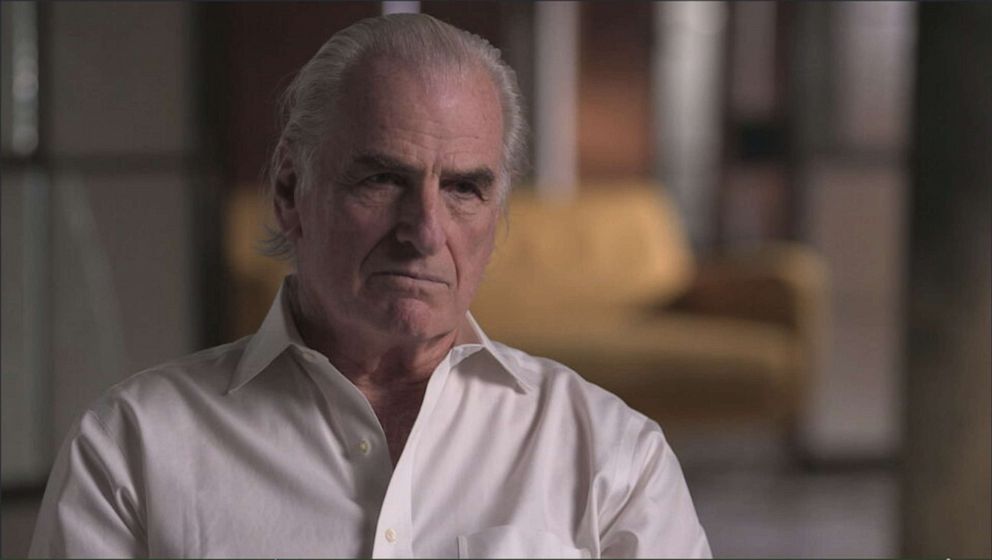
Crilley was found on the floor of her apartment, strangled with nylon stockings and had bite marks on her breast. She had been raped and murdered.
The investigation proved difficult. There were 2,000 murders in the city that year, former NYPD Det. Stefano Braccini said, and the case went cold.
Alcala arrested and charged in Shapiro case, New Hampshire: 1971
In August 1971, Alcala was caught while working as a camp counselor in New Hampshire under his assumed name of “John Berger.” Campers had recognized his face from an FBI’s 10 most wanted poster at the local post office.
He was brought back to Los Angeles and was charged with kidnapping, rape, child molestation and torture in Shapiro’s case.
But because Shapiro’s family was in Mexico, and they refused to allow her to return to testify, Alcala was allowed to just plead guilty to child molestation. The California Parole Board released him after 34 months, believing he had been rehabilitated through the therapy he received behind bars.
In 1977, while still on parole, he asked his parole officer if he could go on vacation. He was granted permission and returned to New York City.
Ellen Hover, New York City: July 1977
Alcala roamed New York City’s streets, hoping to photograph any passerby who agreed. Eventually he approached nightclub heiress Ellen Hover, and the two started talking.
“Ellen was strikingly beautiful. She had long dark hair and long slender arms and legs and carried herself like a dancer,” Hover’s childhood friend Anita Feinberg said. “Ellen was very trusting of other people. She came from a Hollywood family. Grew up in Beverly Hills and then Great Neck[, New York] and then Manhattan. Ellen loved people.”
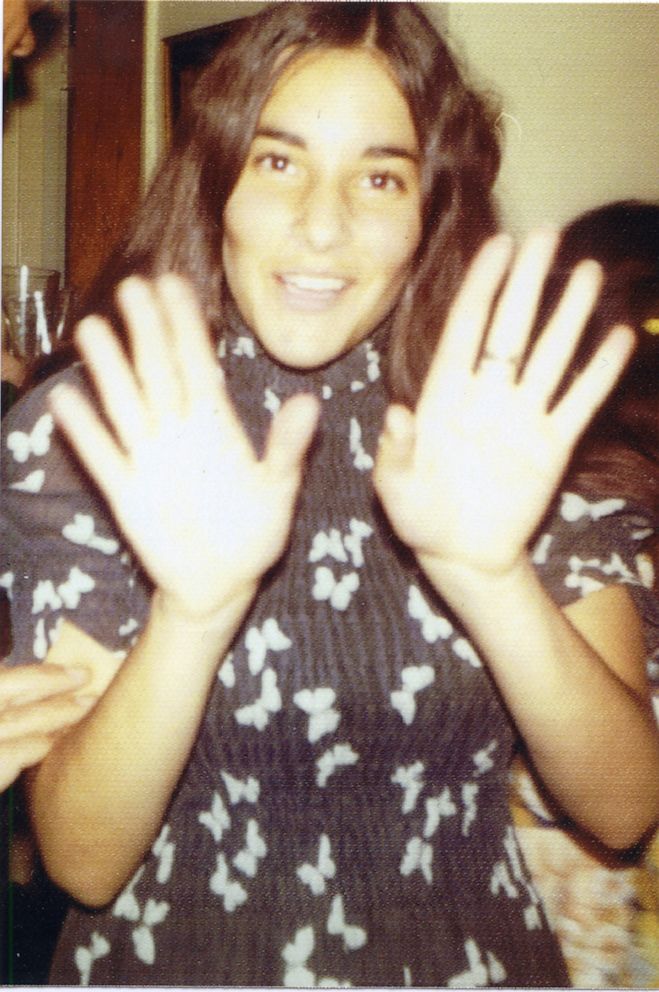
Hover’s father was the owner of Ciro’s in Hollywood, a well-known nightclub where Sammy Davis Jr., Dean Martin and others appeared.
Hover was reported missing on July 15, 1977, one day after the city’s infamous blackout, when looting and violence was rampant while the power was out.
Feinberg said she got a call from Hover’s mother in which she asked if Feinberg had heard from her. “The next thing I knew, I was watching the 11 o’clock news and there was Ellen's picture, ‘New York Heiress Missing,’” she said.
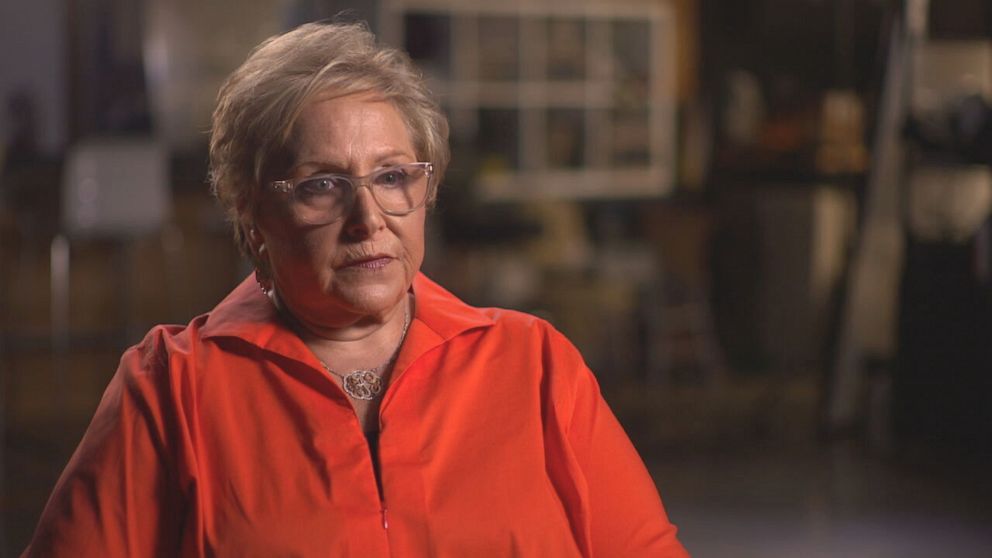
While police searched Hover’s apartment, they found a calendar with a July 15th entry that read “John Berger.”
Alcala had fled back to Los Angeles. By this point, the FBI knew the name John Berger as Alcala’s alias from when he was caught in New Hampshire, and tracked him down.
When questioned, Alcala admitted he met Hover on July 15 and then claimed he never saw her again. Authorities had not yet found Hover’s body and determined there was no evidence to arrest him.
Eleven months after Hover went missing, her skeletal remains were found 30 miles north of the city in Tarrytown, New York.
She was identified through dental comparison. There was no forensic evidence at the scene that pointed to her killer.
Jill Barcomb, Georgia Wixted, Charlotte Lamb and Jill Parenteau: 1977-1979
These four young women were killed in the Los Angeles, California area between 1977 and 1979. Their cases went cold until 2003, when DNA technology helped connect them to Alcala.
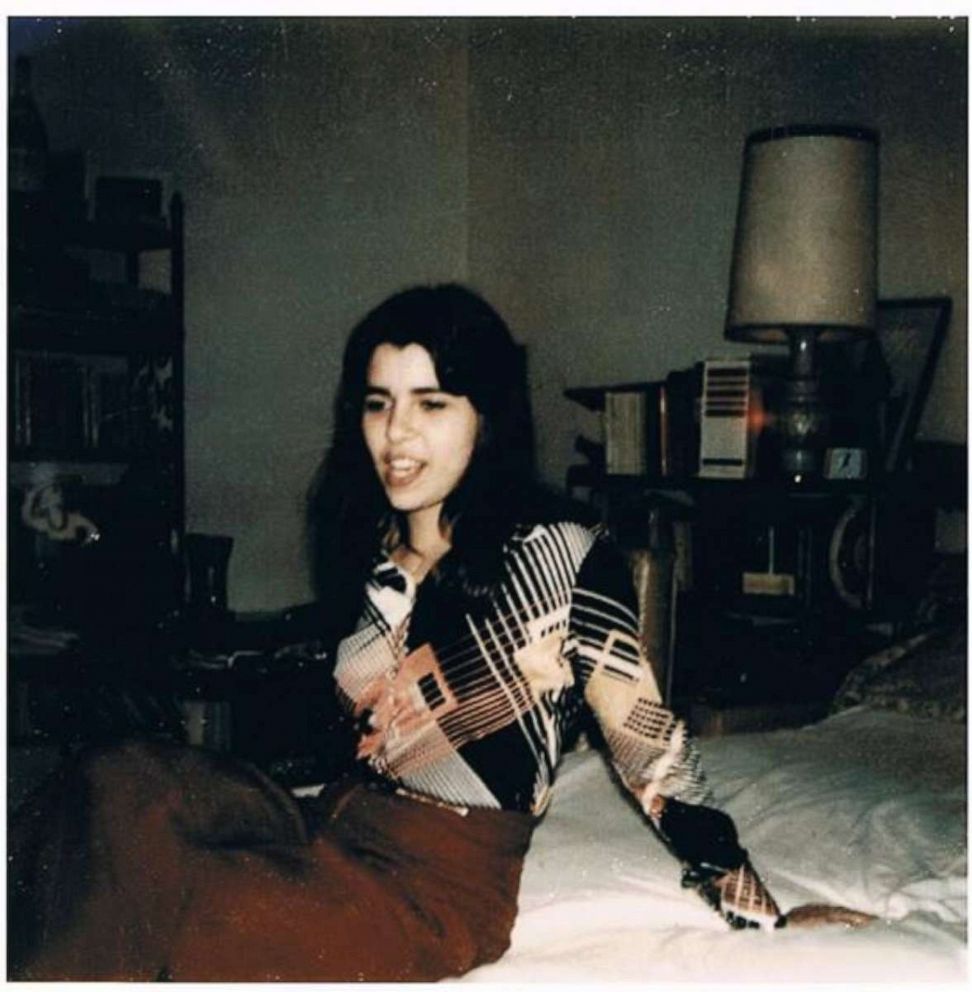
The bodies of Jill Barcomb, a 19-year-old New York native living in the Los Angeles area; Georgia Wixted, a 27-year-old cardiac care nurse in Malibu; Charlotte Lamb, a 32-year-old legal secretary in Santa Monica; and Jill Parenteau, a 21-year-old college student and data entry worker living in Burbank, were all discovered brutally murdered and sexually assaulted. Investigators were unable to make any arrests or connect any of the cases together.
Parenteau and Wixted were found inside their homes, whereas Lamb was found in an apartment complex she had no connection to. Jill Barcomb was found off Franklin Canyon Road, down the street from Marlon Brando’s home at the time. Investigators initially suspected it was the work of the “Hillside Strangler,” a serial killer -- later identified as two men -- who terrorized Los Angeles for several months in the late 1970s. In a strange coincidence, Barcomb’s friend, 15-year-old Judith Lynn Miller, was abducted and murdered by the Hillside Strangler a month later.
Her brother Bruce Barcomb said he had night terrors when his sister's body was discovered.
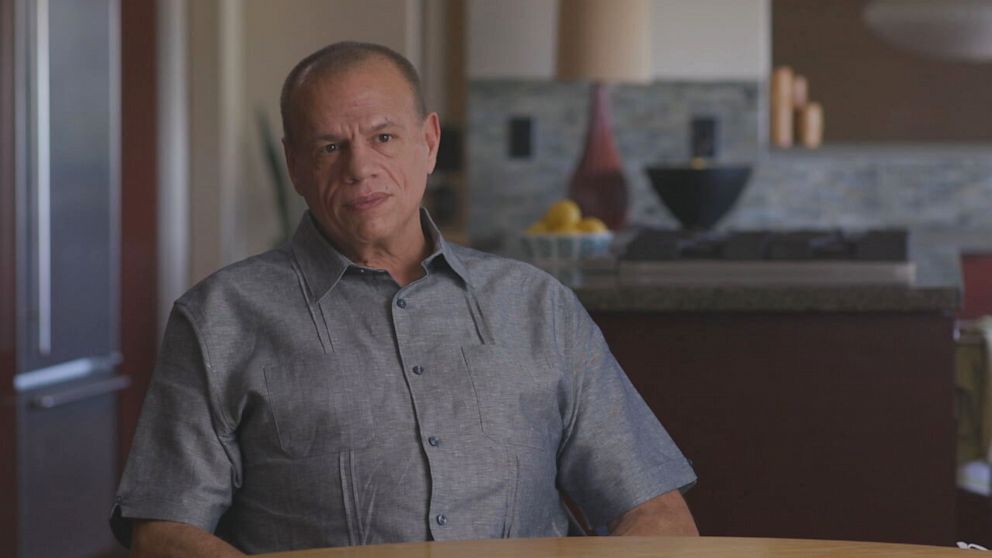
“It wasn't just murder," he said. "It wasn't just rape. It was brutal. It was sadistic and nobody could understand why the things happened to her.”
Alcala wins ‘The Dating Game’: 1978
By 1978, Alcala had murdered at least five women across two coasts and had been charged with the attempted murder of an 8-year-old girl. Instead of laying low, he made his primetime debut on “The Dating Game,” which was enormously popular at the time.
“The Dating Game” was a TV game show that involved one contestant asking questions to three potential dates hidden from view, and using their answers to choose one at the end. Background checks were not performed when Alcala auditioned to be a contestant, so the show’s producers had no idea he had a violent criminal history.
Contestant coordinator Ellen Metzger thought Alcala was “striking” at the time. Her future husband Mike Metzger, the show’s executive producer, disagreed.
“In terms of putting him on as a contestant, I think on the form I wrote N-W, which was my symbol for ‘no way’... because I noticed that he had a very strange personality,” he said. “[Eventually] I said, ‘Alright, we'll put him on a show, but we've got to surround him with two guys that have personalities and that are respectable and decent and fun.’”
Alcala was given the position of Bachelor Number One. Jed Mills sat next to him as Bachelor Number Two.
“He was a little creepy. I noticed that right away,” Mills told “20/20.” “In the green room, he jumps in and says, ‘I always get my girl.’ Immediately did not like this guy.”
While on the show, Alcala made playful innuendos to the bachelorette, Cheryl Bradshaw. The show’s producers acknowledge in hindsight, the comments are chilling.
Bradshaw ultimately chose Alcala of the three contestants to go on a date. But the next day, reconsidering her decision, she called Ellen Metzger.
“She said, ‘Ellen, I can't go out with this guy. There's weird vibes that are coming off of him. He's very strange. I am not comfortable. Is that going to be a problem?’ And of course I said, ‘No,’” Metzger remembered.
Robin Samsoe, the young girl who brought Alcala down. Orange County, California: June 1979
Seventeen-year-old Lori Wurtz was spending her afternoon roller skating with her friend Patty at Sunset Beach, when Wurtz was approached by Alcala.
He told them he’s a photographer and offered to take their photos. Lori Wurtz agreed.
“He was asking me all kinds of questions like where I'm from, my name, my age,” Wurtz said. “He tried really hard to get me in the car. He tried to get me in the car and leave my friend on the beach.”
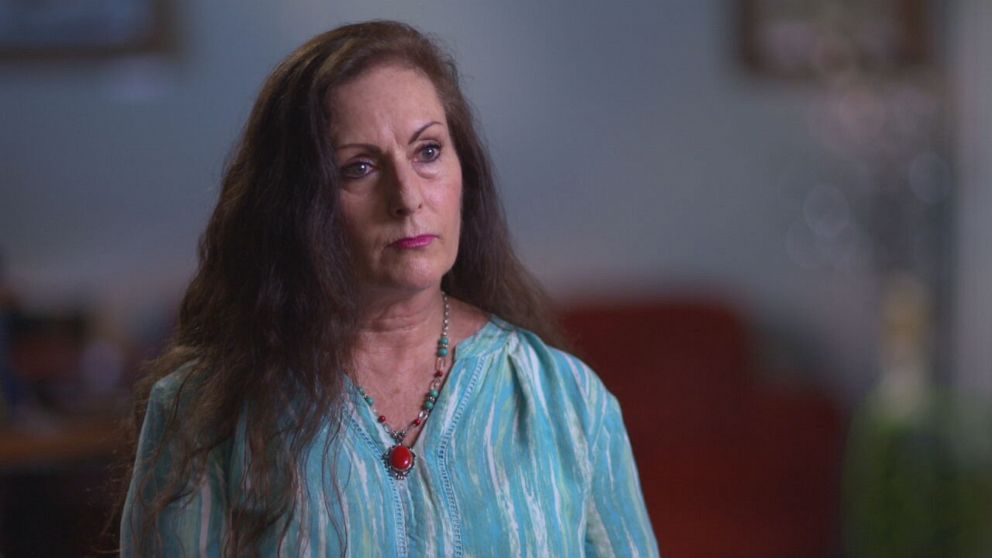
She refused and saw him drive towards Huntington Beach, where 12-year-old Robin Samsoe was enjoying the day. She was the youngest of four in her family.
“She always had a spirit about her,” Taranne Mayes, Robin’s older sister, told “20/20.” “I mean everybody that met her fell in love with her.”
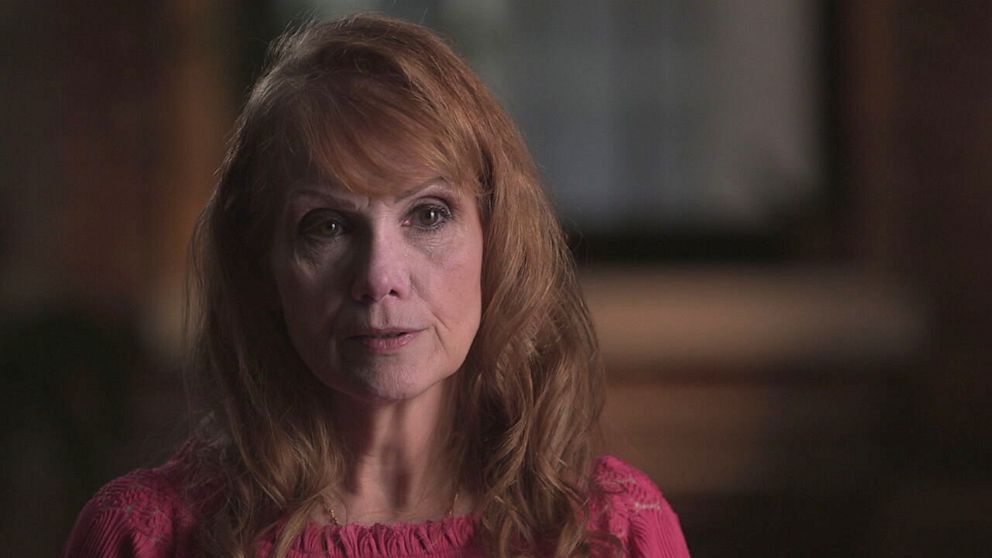
On June 20th, 1979, Robin was with her friend, Bridget Wilvert, when Alcala approached them for pictures. Wilvert refused and one of the adults nearby chased him off.
Later on in the day, Robin was running late to her job at a ballet studio. Wilvert told her friend to use her bike, and remembered telling Robin not to stop -- “it was very important to me to say that,” she said.
Later that evening, Wilvert received a call from one of Robin’s brothers, asking if she was still with her. Wilvert learned she never showed up to ballet. Robin’s mother called the police shortly after.
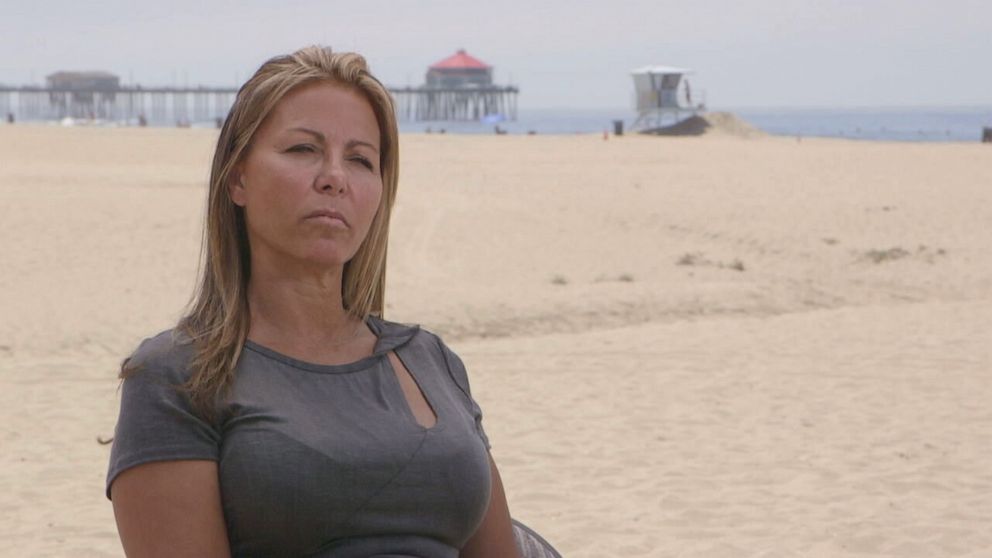
“That was my mom's baby,” Mayes said. “My mom cried every day.”
Wilvert worked with a sketch artist to create a composite of the man they had talked to on the beach. The sketch was broadcasted on TV, where Alcala’s parole officers recognized him, along with the good Samaritan who followed Alcala’s car when he lured Tali Shapiro into it and then attacked her all those years before.
Twelve days after Robin’s disappearance, a park ranger in the Sierra Madres found human remains that had been scavenged by animals. The teeth found matched those of Robin.
“I remember I was laying on the couch and the doorbell rang and I answered the door. And it was the police,” Mayes remembered. “They came in and they told us that they had found Robin and my mom broke down, as well as everybody else, my brothers and I. It was devastating.”
She says her mother was never the same.
“It's like her life just had this big empty hole and everybody else was just on the outside looking in,” Mayes said.
On July 24, 1979, Alcala was arrested at his mother’s house in Monterey Park, California, and charged with Robin’s murder.
While there, investigators found a receipt for a self-storage facility outside of Seattle. In their investigation of the storage locker, authorities uncovered a trove of evidence: there were thousands of pictures of people, young and old, many nude and in compromised positions. There was a variety of pieces of jewelry, which investigators believe Alcala took as trophies from his victims.
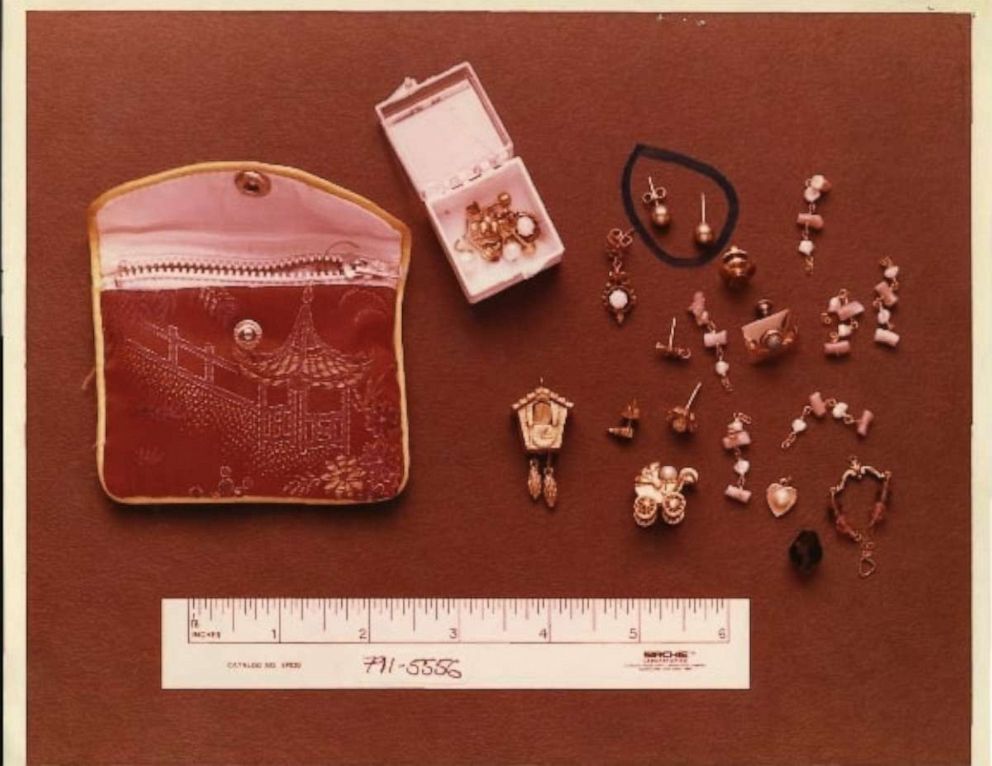
“I remember them asking my mom… to come and identify some things that they found at a locker in Washington,” Mayes said.
Investigators had found gold ball earrings in the storage unit, which matched the description of ones Robin had worn when she disappeared.
Alcala convicted of murder three times: 1980-Today
In 1980, Alcala was tried for Robin Samsoe’s murder. The jury convicted him and sentenced him to death. He was taken to San Quentin State Prison, where he was put on death row.
Four years later, Alcala appealed and won. The verdict was overturned after the California Supreme Court determined the jurors in his trial had been improperly informed of Alcala’s prior sex crimes.
In 1986, he got a new trial, seven years after Robin was killed. A second jury convicted him and recommended he be sentenced to death.
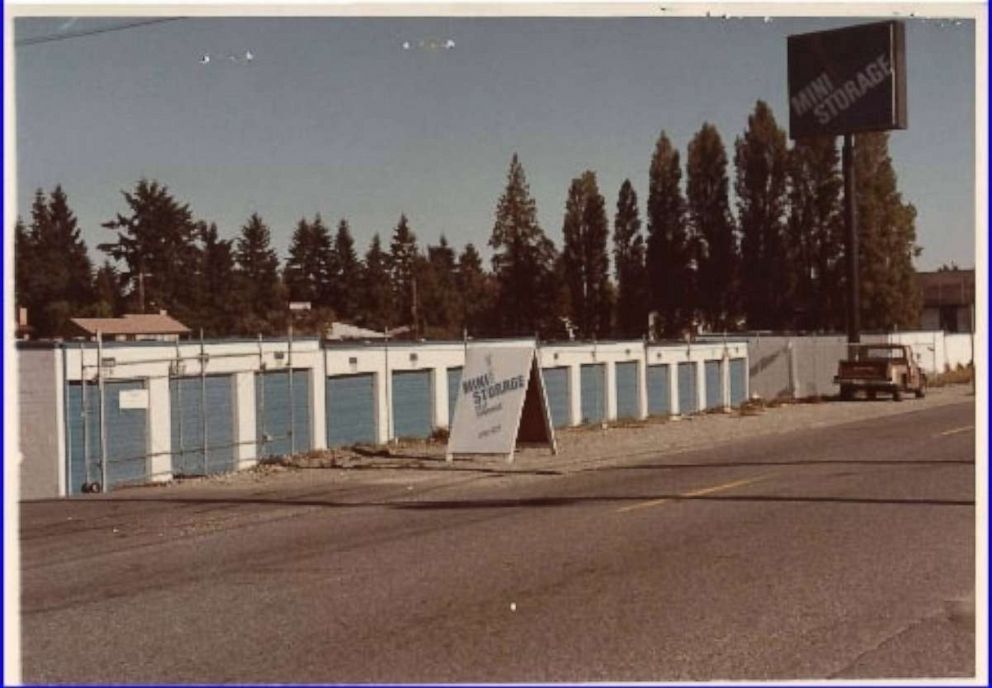
In 2001, Alcala appealed again and got his death penalty overturned because it was determined that his attorney in the second trial had not put forth a strong enough defense.
In 2003, former Orange County prosecutor and ABC News contributor Matt Murphy was assigned to the case. By then, there had been significant advancements in DNA technology so he had the jewelry found in Seattle re-examined. The DNA evidence returned matches to Charlotte Lamb, Jill Parenteau, Georgia Wixted and Jill Barcomb.

Four decades after his first known attack, Rodney Alcala was finally confirmed to be a serial killer.
Alcala, then 66, represented himself in his third trial in 2010. For a third time, he was convicted and sentenced to death.
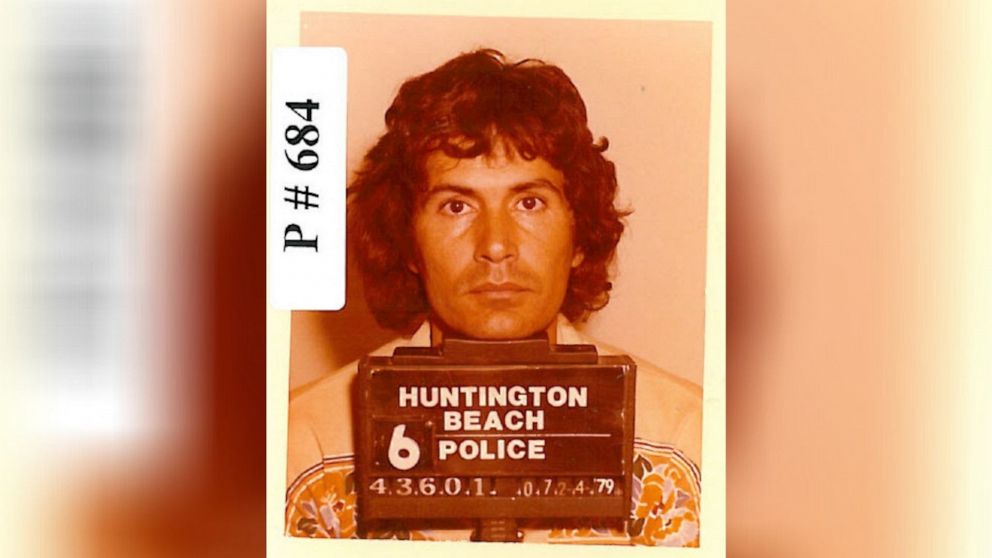
“I feel like [Robin’s] life meant something, even in 12 years,” Mayes said. “She stopped him from killing anybody else… I believe that if you would have told her that God was going to use her for this purpose, she would have been okay with it.”
After the 2010 trial, the Huntington Beach Police Department (HBPD) publicly released hundreds of photos found inside the Seattle storage locker, in hopes of identifying the people in the photos.
In January 2013, Alcala pleaded guilty to killing Crilley and Hover in New York and was sentenced to 25 years to life, the highest sentence possible.
The state of California placed a moratorium on the death penalty in 2019, meaning all prisoners on death row received a stay of execution. Today, Alcala remains in a California prison. Robin Samsoe’s mother died July 2019 and never got to see him executed.
“She wanted to see the day that Alcala leaves this earth, that he just does not breathe anymore,” Mayes said. “And it's unfair. It's unfair. Somebody so cruel and evil.”
Over the years, Alcala was given multiple opportunities to disclose information about any additional victims as part of plea deals to avoid the death penalty, but he continuously refused to provide any information.
No one knows if there are any more victims of Alcala that have yet to be identified. HBPD still hopes that the hundreds of photos they’ve released will help families find missing loved ones.
Authorities believe they found answers in Christine Thornton’s disappearance, 40 years later
Like many other jurisdictions across the country, investigators in Sweetwater County, Wyoming, are assigned cold cases every few years in hopes that fresh eyes or technological advances can finally solve them.
In 2013, Sheriff’s Deputy Jeff Sheaman was assigned to a 1977 cold case, and the box of evidence “was almost falling apart,” he said. It was the disappearance of “Chris” Thornton, Kathy Thornton’s older sister by 11 years.
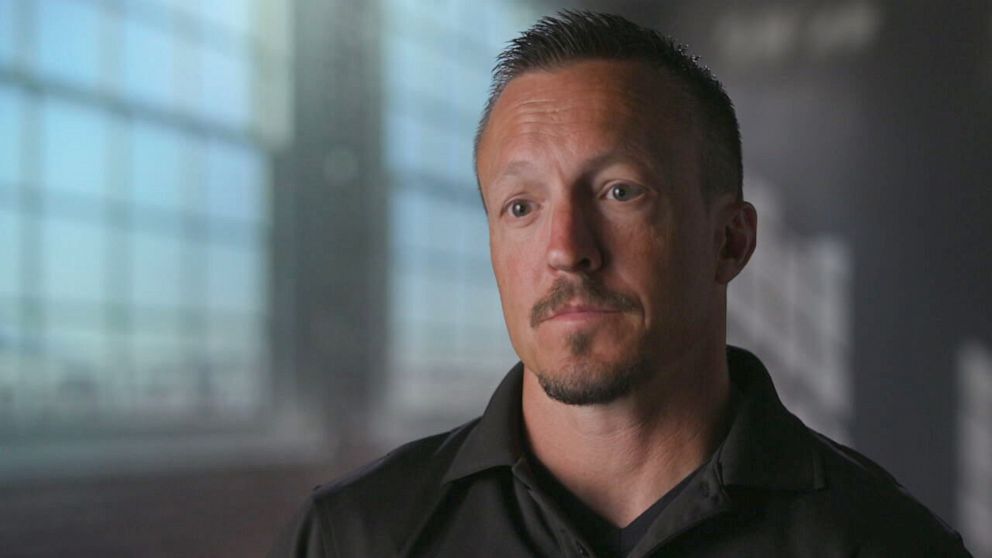
“In the summer of ‘77, Chris was just 27 years old... She was pregnant at the time,” Kathy Thornton told “20/20.” “She met up with her boyfriend, and had this crazy idea of going to Montana to pan for gold.”
At the time, Chris Thornton and her boyfriend were living in San Antonio and decided to take a road trip up north. While the couple was in Southwest Wyoming, they had a fight and went separate ways, her sister said. That was the last time Chris Thornton was seen alive.
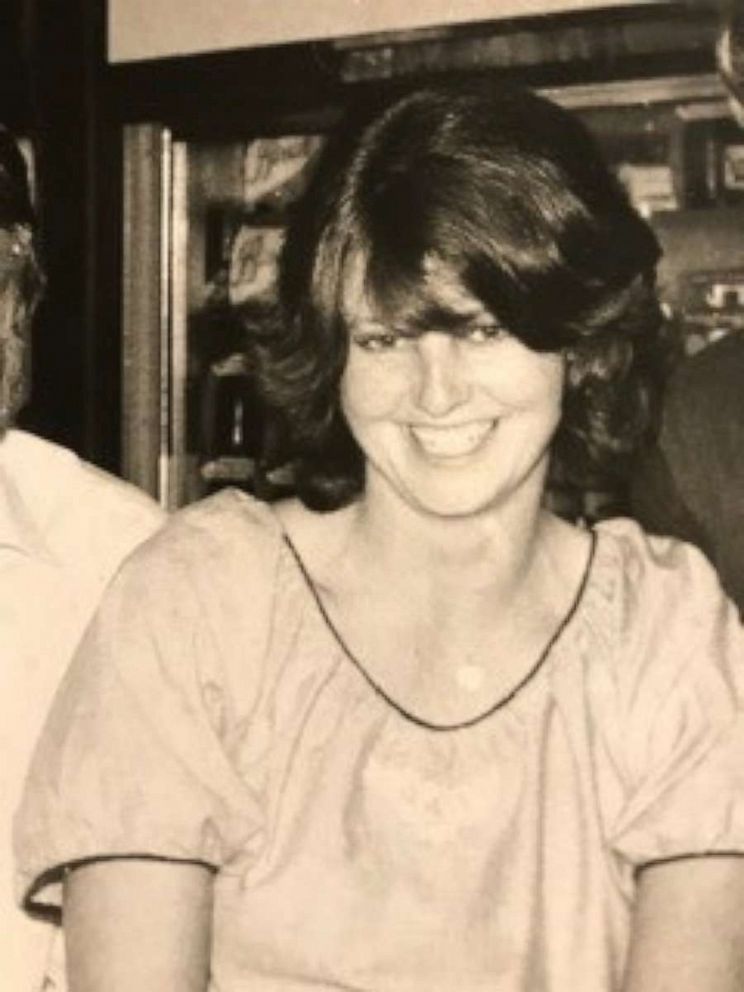
Kathy Thornton went to San Antonio to find her sister’s boyfriend, to no avail. She said the San Antonio police refused to take a missing persons report because her sister was an adult.
In 1982, five years after Chris Thornton went missing, a herder in Granger, Wyoming came across human bones. Investigators found it was the remains of a 25- to 35-year-old woman, alongside the bones of an unborn child.
The autopsy showed that the remains had been laid out since around 1977. Authorities weren’t able to identify her and the case went cold.
Decades later, upon taking on the case, Sheaman called the Wyoming State Lab and learned they still had the remains found by the rancher in Granger, so he requested a DNA sample to see if there would be any matches with missing persons through CODIS, a national DNA-match database that began in 1998.
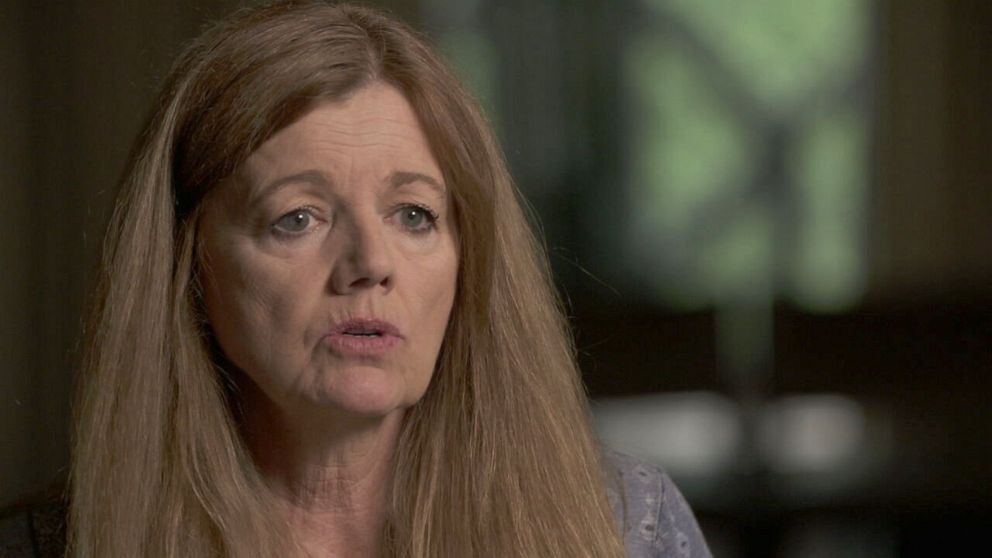
During the same year that Sheaman took on the case, Kathy Thornton received an email from her son in which he said he’d read an article containing photos that were found in Alcala’s storage unit and released by the Huntington Beach Police Department. As she looked through the photos, Kathy Thorton stopped on one of a beautiful brunette seated on the back of a motorcycle. She believed it might be her long-lost sister, Chris.
“I looked at her little pinky toe, which I remember... it just was very distinctive, it curled up on her other toes,” she said. “And I knew that that was her, that was definitely her.”
Kathy Thornton submitted her DNA to a national database. In 2015, there was a match and authorities were able to finally identify Chris Thornton’s remains.
From there, Sheaman said he, along with HBPD, was able to put together a timeline of Alcala’s movements the summer of 1977 when Thornton was killed.
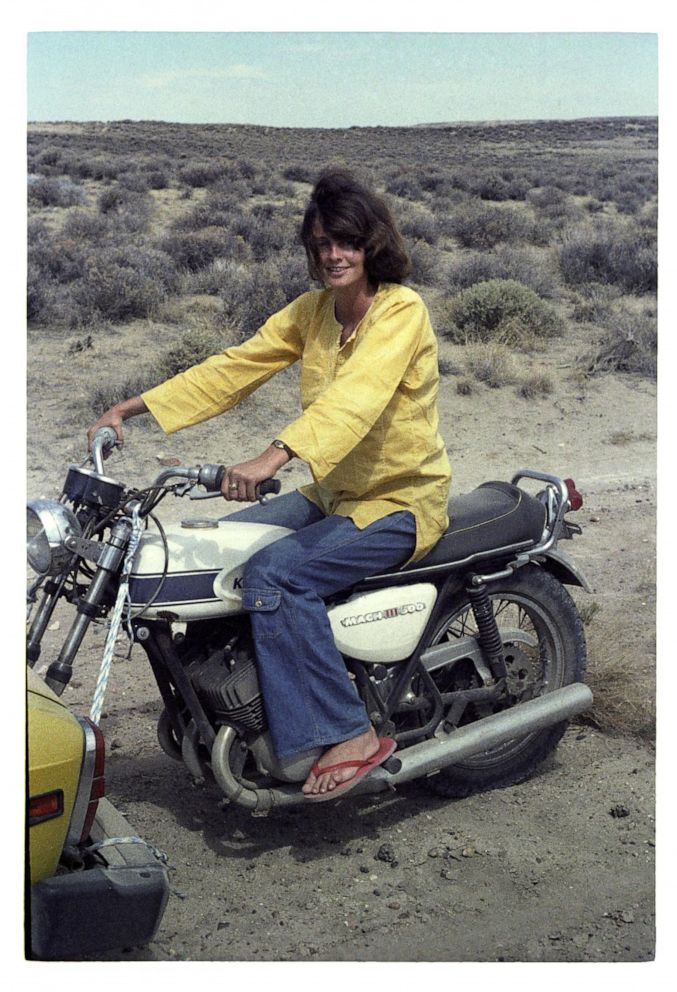
Fresh out of prison that year, Alcala had just been given permission by his parole office to travel to New York. He drove across the country from New York to Los Angeles. The investigators believe Alcala and Thornton met by chance in Wyoming as he was making his cross-country journey.
“There is no rhyme or reason [to] how these two people, one so good and one not, crossed paths, and ended up there,” Kathy Thornton said.
In September 2016, Alcala was charged with first degree murder in Wyoming for Thornton’s murder. By then he was 73 years old and confined to a bed at Corcoran State Prison in California. When Sheaman confronted him with the photo of Thornton on the motorcycle, Alcala would only admit to taking the photo, but denied killing her.
Due to Alcala’s failing health, authorities decided not to extradite him to Wyoming to stand trial. The charges have not been dropped but Alcala has not entered a plea.
“It was disappointing that we weren't going to get a conviction on her murder,” Kathy Thornson said. “But the good thing about all of this is that this man has been brought to light as being a serial killer.”




